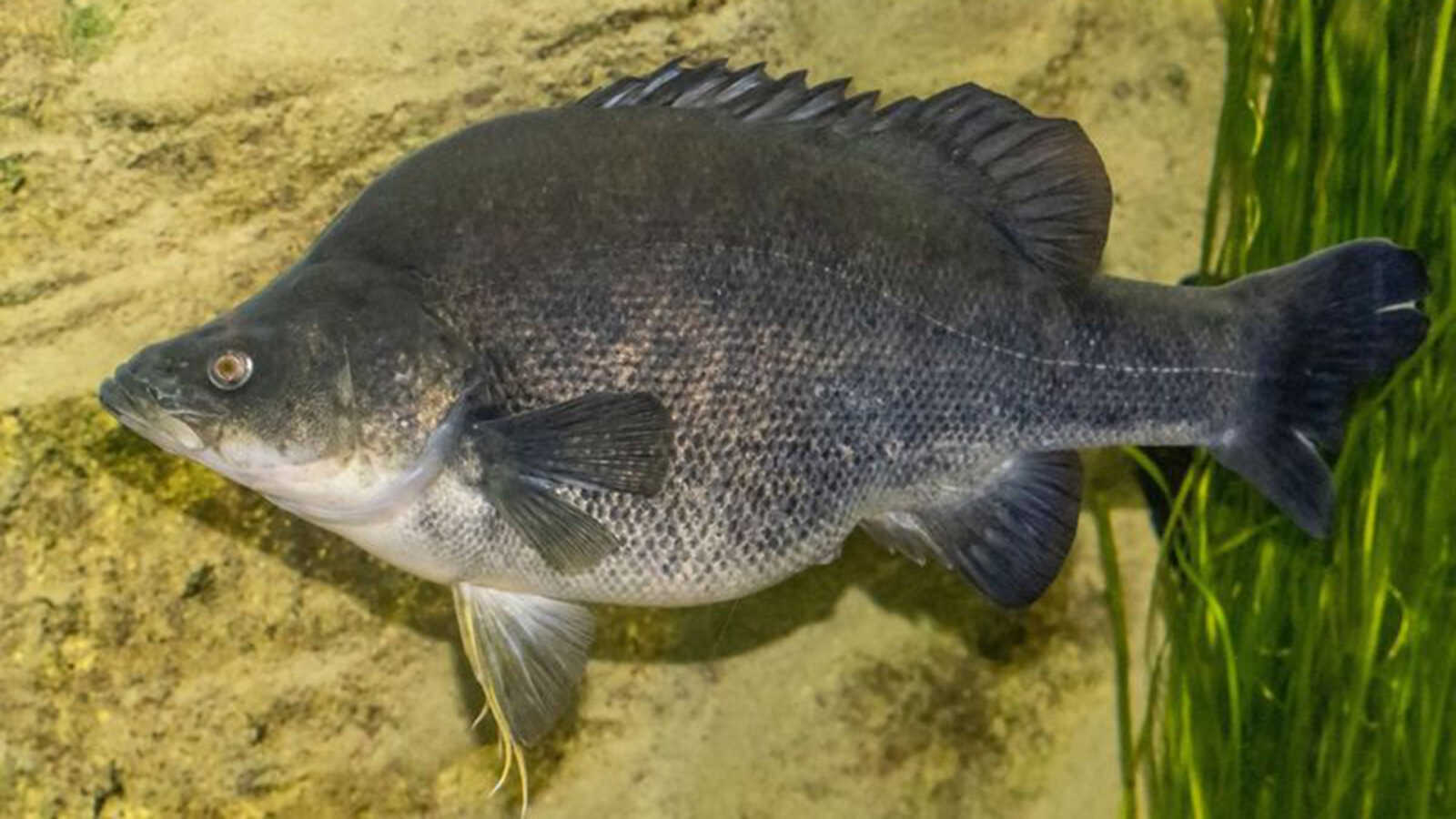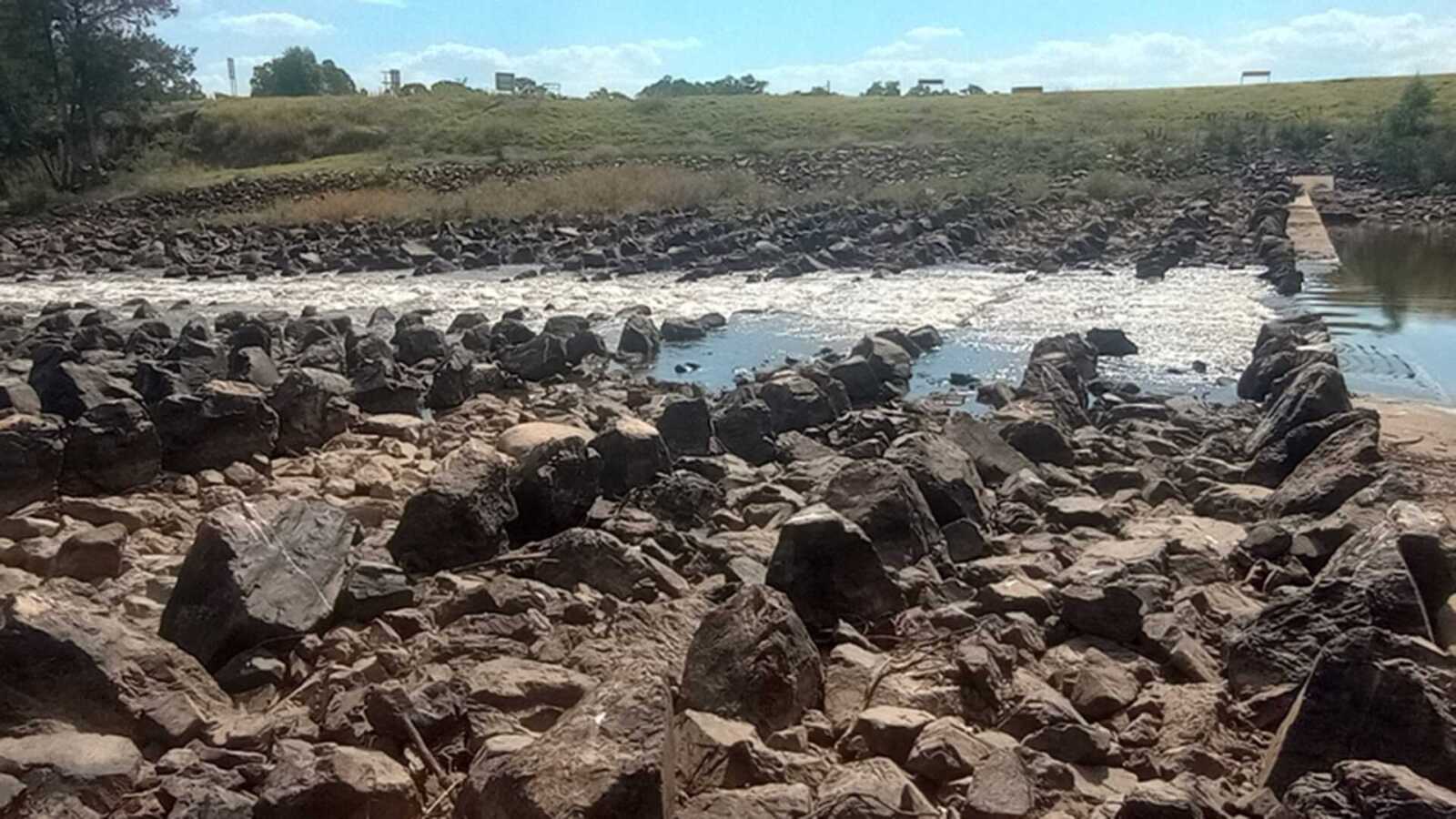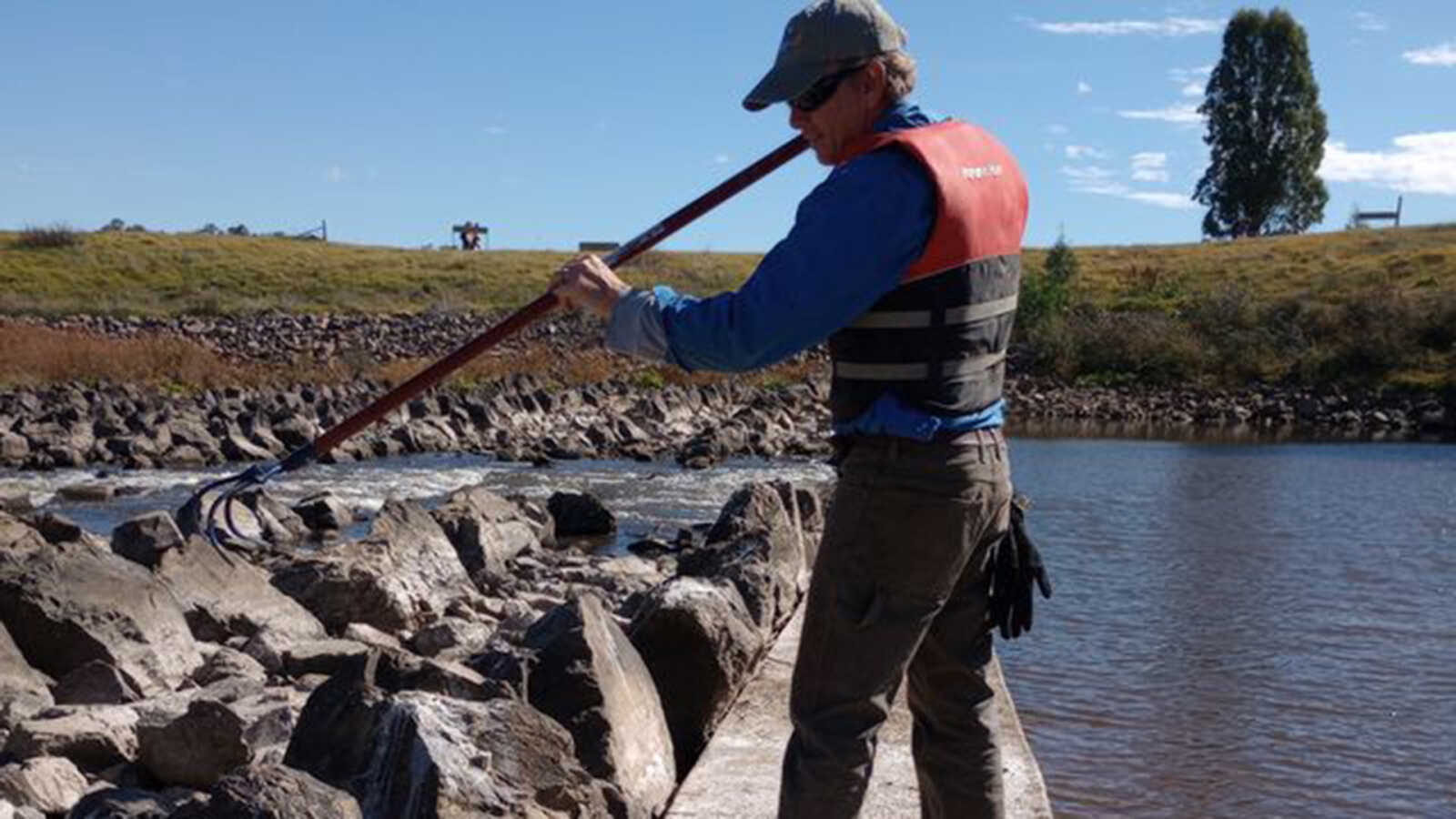Maintaining the flow of the South Dubbo Weir Fishway

Imagine a river system where fish can freely migrate between freshwater rivers, estuaries, and the open ocean. This seamless movement is made possible through fish passage, which provides access to vital areas for fish to breed, find food, and seek shelter. The result? Thriving fish populations, offering recreational anglers more opportunities for diverse and plentiful catches.
Throughout the Murray Darling Basin, there are over 5000 barriers to fish passage, ranging from ordinary town weirs and level crossings to enormous dams forming reservoirs. Despite this vast network of barriers, only around 150 fish passages exist, highlighting the need for ongoing maintenance and improvement.
Sean Graham, the Dubbo River Repair Bus Team Leader for OzFish, plays a vital role in keeping fish passages, like the South Dubbo fishway, operational and effective, as he explained the importance of the fishway for the fish species in the Macquarie River.
“Several of our most prized recreational fish are migratory, travelling up and down the river for spawning and leisurely exploration.
“Yellowbelly, famous for their lengthy spawning migrations covering distances of up to 1000 km, are particularly impacted by barriers that can obstruct these essential movements,” said Sean.

Researchers have discovered that these barriers can have a significant impact on fish populations. One of the most prominent examples is the silver perch, a now threatened species. Silver perch rely on long, uninterrupted migrations for spawning in their natural habitats. Unfortunately, the species has disappeared from many rivers within the Basin due to these barriers.
“The South Dubbo Weir Fishway is a remarkable engineering feat that allows native species to complete migration, a crucial aspect of their lifecycle,” said Sean.
“It features a rock ramp design, complete with slots for fish to move upstream and horizontal grooves for resting. There are also big rocks that resemble teeth holding back the flow.
“During high water levels, a unique flow pattern aids fish movement, helping them navigate upstream,” said Sean.

Designed by Alluvium, the fishway was conceived by Dubbo Regional Council to address multiple challenges. Initially, the aging weir posed structural risks, necessitating an upgrade; Its turbulent waters posed a threat to public safety; and of course, it was a major barrier to fish movement. Over 17 months, the fishway underwent construction, with a price tag of $4 million.
As the fishway is a significant investment, ongoing maintenance is important to ensure its effectiveness and longevity in facilitating fish passage, and OzFish has been tasked by Dubbo Regional Council to do just that.
Sean recently gave the Fishway a thorough cleaning, ensuring it continues to facilitate the movement of fish in the region.

“I do regular site visits to make sure it’s structurally sound and performing as expected,” explained Sean.
“Recently, a ton of water was released from Burrendong Dam, causing high water levels and rapid flow down the spillway. I took advantage of the timing and used a cultivator to give the teeth a good flossing.
“It was quite enjoyable and reminded me of racing toy boats as a kid; prying out big logs and letting them float downstream,” said Sean.
After the day’s cleaning, the South Dubbo Weir Fishway is again open for business. Whether chasing the elusive Murray cod or casting for yellowbelly, the fishway’s functionality ensures a sustainable and enjoyable fishing experience for all.
